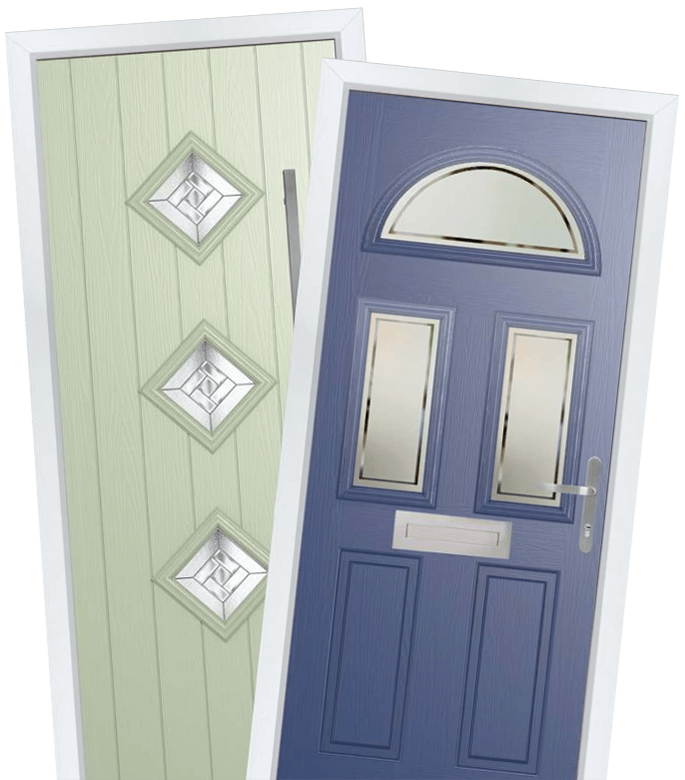Call us on:
0800 666 444Conservatory & Extensions FAQs
Are you planning a new conservatory, orangery, or home extension but have questions that need answering before you can move on to the survey and design stage? To help you out, we’ve compiled a bank of the most frequently asked questions and answers regarding glazed extensions. If there’s still something on your mind that we haven’t answered here, contact the SEHBAC team who will be more than happy to answer your questions to help you make an informed decision.
Conservatory FAQs
What is the average cost for a conservatory?
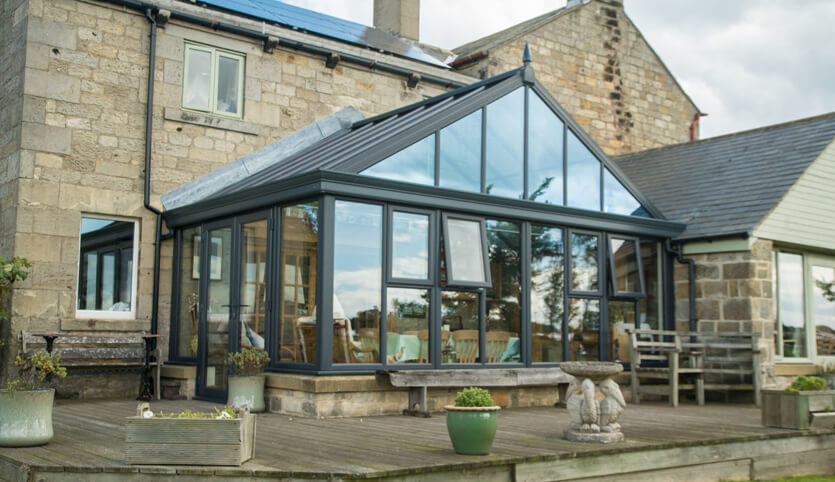
In the UK, the average cost of a conservatory is around £10,000*. However, there are many aspects to consider when purchasing a new conservatory, such as size, material and whether it's been accredited by the relevant industry bodies to ensure its quality. Read on to learn more or visit our finance page.
*Correct at time of publishing, August 2022.
Which is better, conservatory, orangery, or extension?
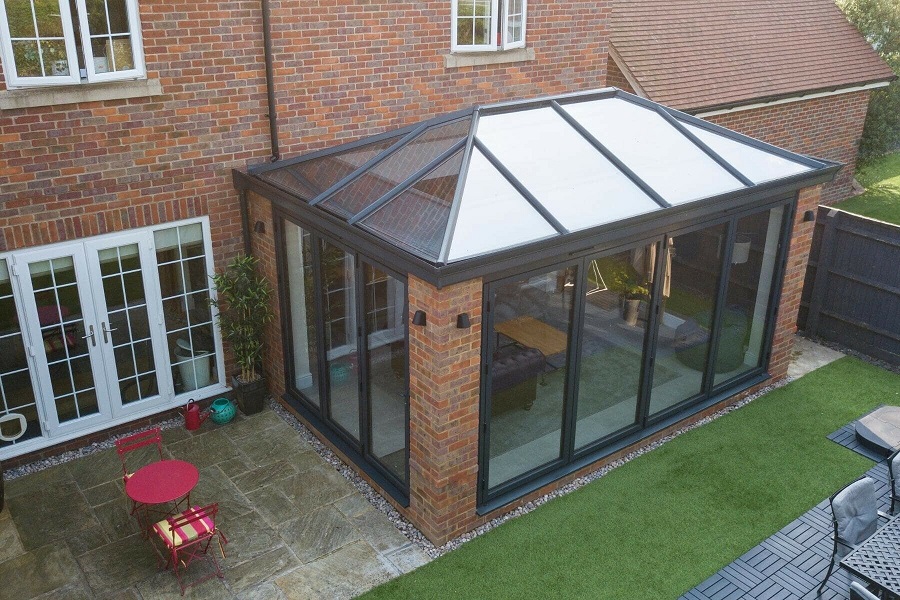
Typically, conservatories are mainly made of glass, whereas classic orangeries often feature solid brick pillars and a roof lantern. An extension tends to be more of a brick structure with a flat or tiled roof. Although, when it comes to choosing which is better, it all comes down to personal taste, available space, and budget. Read on to learn more.
What is the most energy efficient conservatory roof?
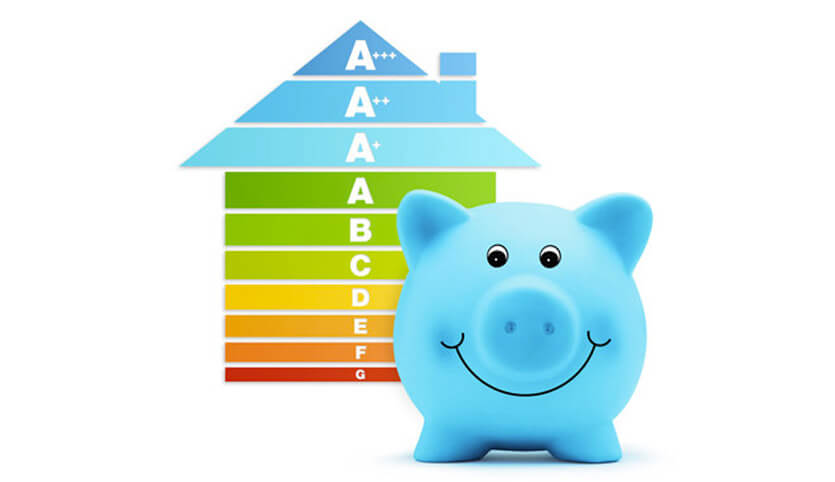
Available in 3 energy-efficient styles, tiled conservatory roofs surpass other conservatory roof styles in terms of thermal efficiency - achieving outstanding U-values as low as 0.15. Our industry-leading glass conservatory roofs can achieve U-values of just 1.0 and 1.1 for our lantern roofs. Read on to learn more
What are the benefits of a modern glass conservatory roof?
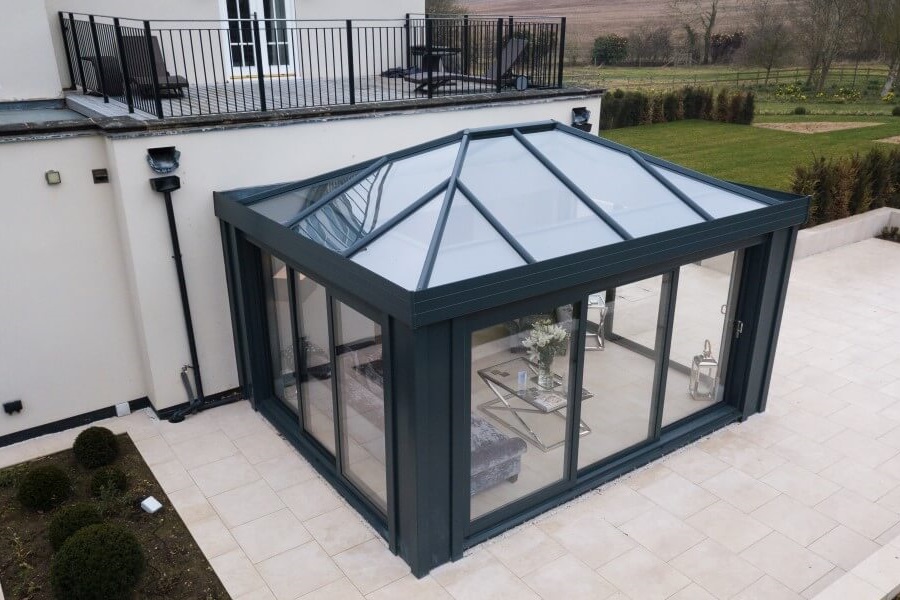
Glass roofs now offer excellent thermal performance, ensuring an optimal, comfortable temperature 365 days a year. They're also incredibly light, bright, soundproof, low maintenance, durable and weatherproof. Read on to learn more
How do I decorate and furnish my conservatory?

Some simple ideas to modernise your conservatory on a budget include hanging curtains, integral blinds, improving lighting, investing in new furniture, and repainting. Read on to learn more
Can you make your conservatory more energy efficient?

Most conservatories can be retrofitted (added to) with a new roof. They can also be refurbished in a number of other ways, including updating windows and doors. Read on to learn more
What is a conservatory clad over roof?
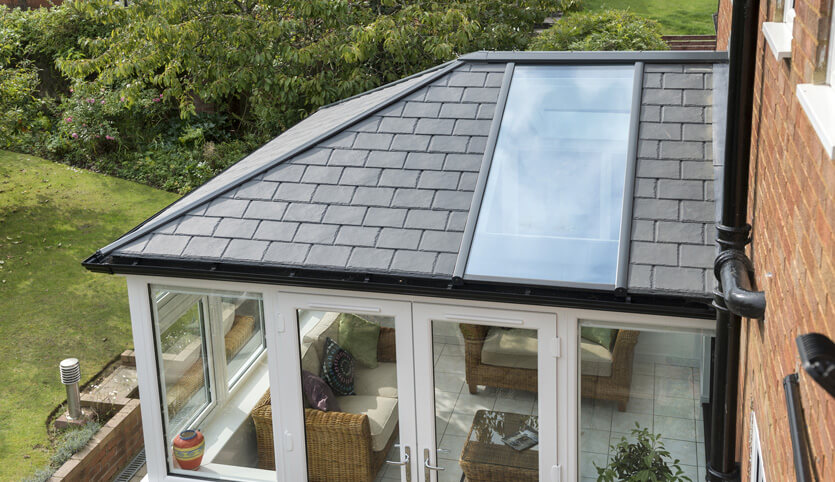
Most conservatory clad overs involve some form of insulation combined with timber, tiles, and plasterboard, which is simply placed over and fitted to the existing polycarbonate or glass conservatory roof. Committed to installing the highest quality home improvements time after time, cladover roof installation is something we stay well clear of. Read on to find out why
Can you build a kitchen in a conservatory?
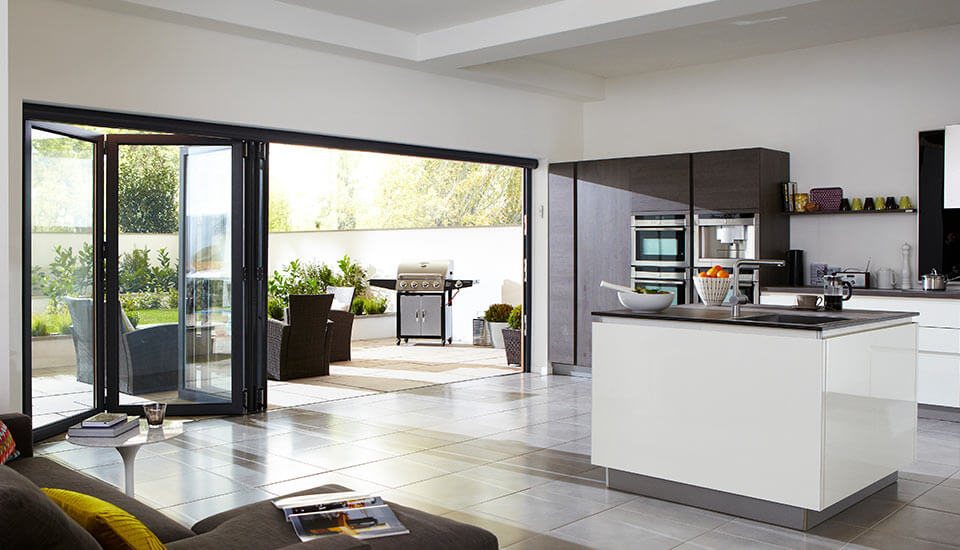
Quite simply, yes you can! These days, kitchens have become so much more than a simple space to cook and eat together. Read on to learn more
Do I need planning permission for a conservatory?

Generally, the quick answer to whether planning permission is needed for a conservatory is no. Conservatory development is normally categorised under ‘permitted development rights’. However, there may be exceptions to this that will need to be checked before going ahead. Read on to learn more
What is the best flooring solution for my conservatory?

The most popular flooring choices for a conservatory are laminate, vinyl and carpet floors. Read on to learn more
Does a conservatory really add value to your home?
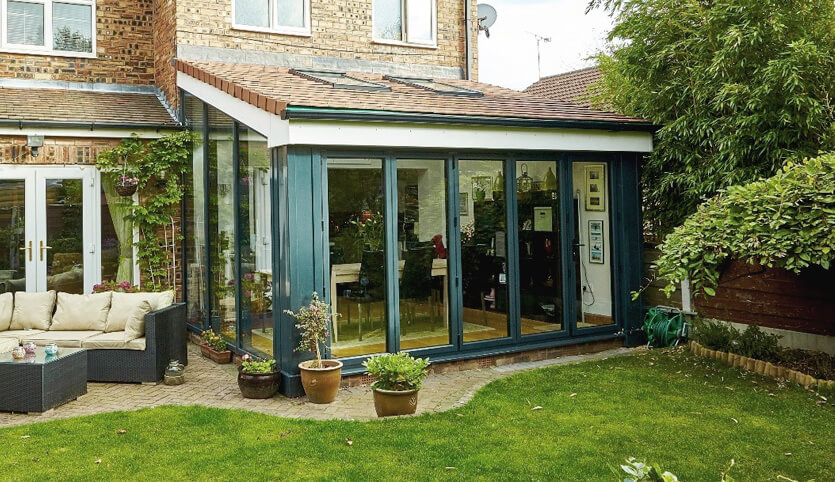
Yes! A well-built conservatory could increase your home’s value by at least 5%. Read on to learn more
What can I use my conservatory for?
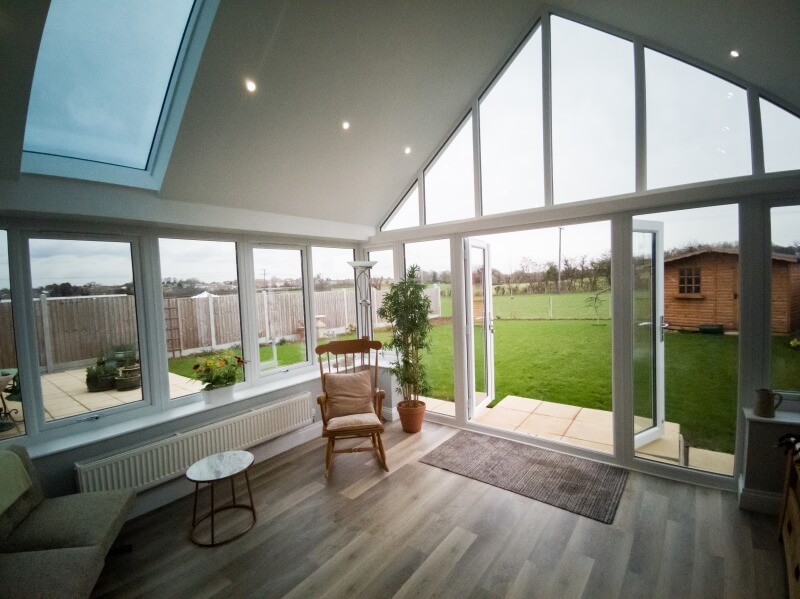
How you use your conservatory is completely up to you, but they make fantastic dining rooms, playrooms, games rooms, garden rooms, sunrooms, kitchen extensions and more. Read on to learn more
What are the different types of conservatory?
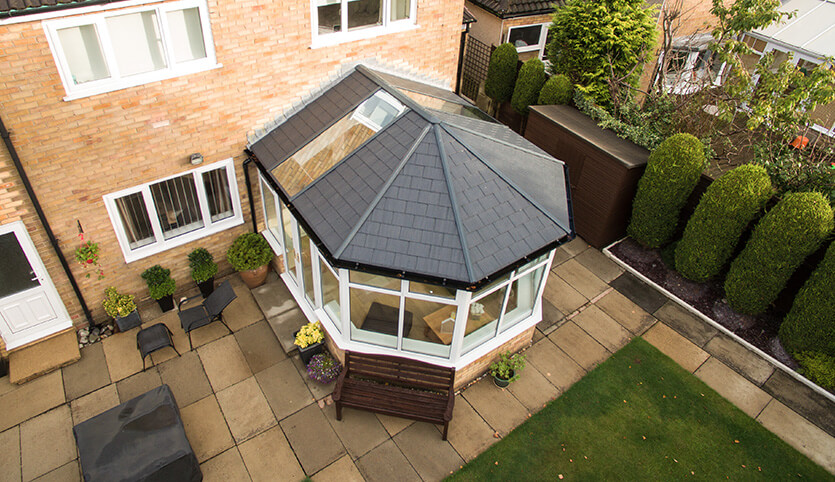
The main conservatory styles include Victorian, Edwardian, Gable, Lean-to, P-shaped, T-shaped, and Loggia conservatory. Read on to learn more
Extension FAQs
How much is an extension on a house?
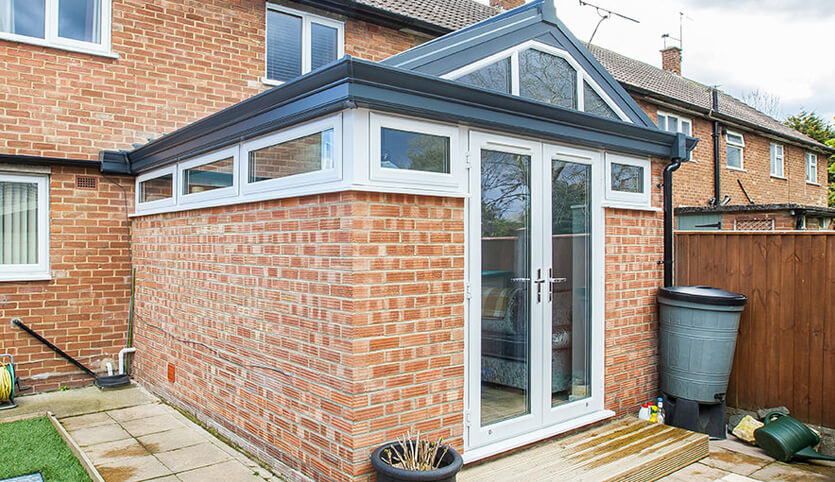
In the UK, the average cost of a single storey extension is around £25,000*. However, there are many aspects to consider when purchasing a new extension, such as its size, shape, and the materials used. Read on to learn more or visit our finance page.
*Correct at time of publishing, August 2022.
What is the cheapest way to extend a house?

Keeping the extension’s exterior design as simple as possible is the best way to keep building costs down. Read on to learn more
How does building an extension affect home insurance?
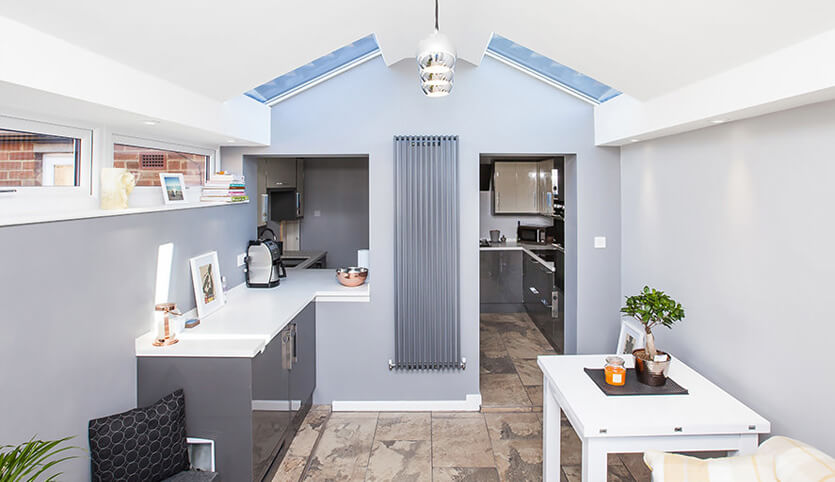
First of all, you need to tell your home insurance provider before starting any structural alterations to the property as it may have an impact on your insurance. Read on to learn more
How do you create a sustainable extension?
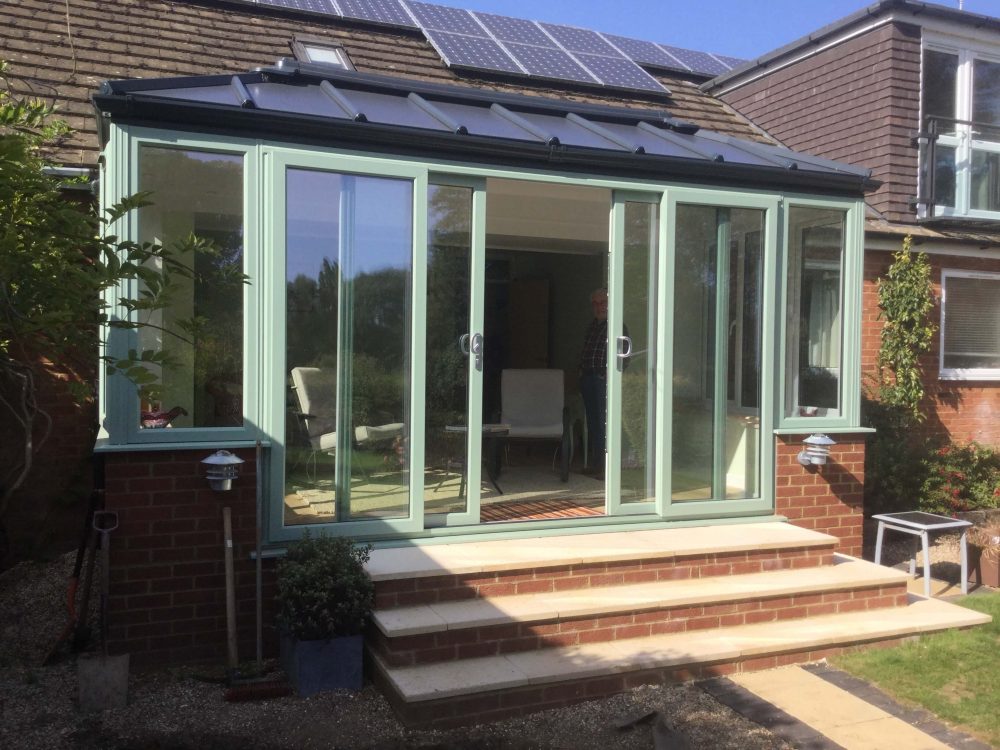
Sustainably sourced materials and insulation play a big part in building a sustainable extension. At SEHBAC, we do this by making sure each and every one of our extension products puts sustainability and energy efficiency first. Read on to learn more
Pitched roof vs flat roof extension – which is best?
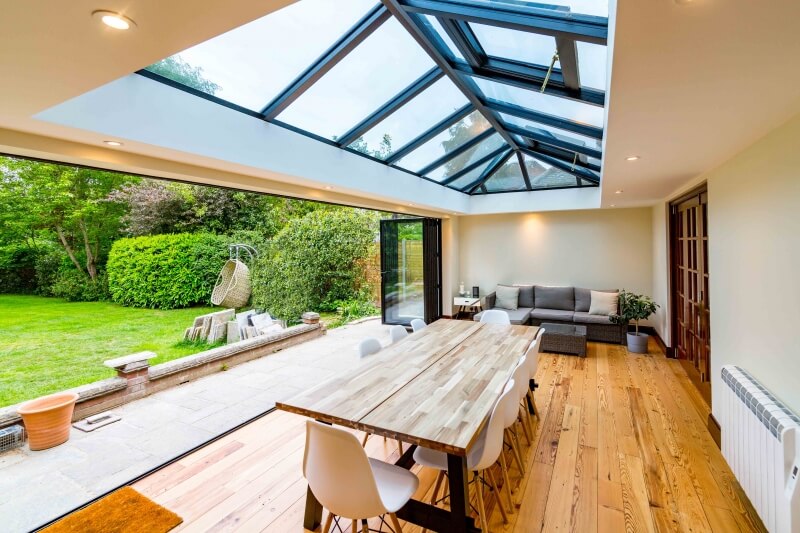
Starting with cost, a flat roof is typically cheaper than a pitched roof as it usually involves less labour and materials to build it. Read on to learn more
How do you finance a house extension?
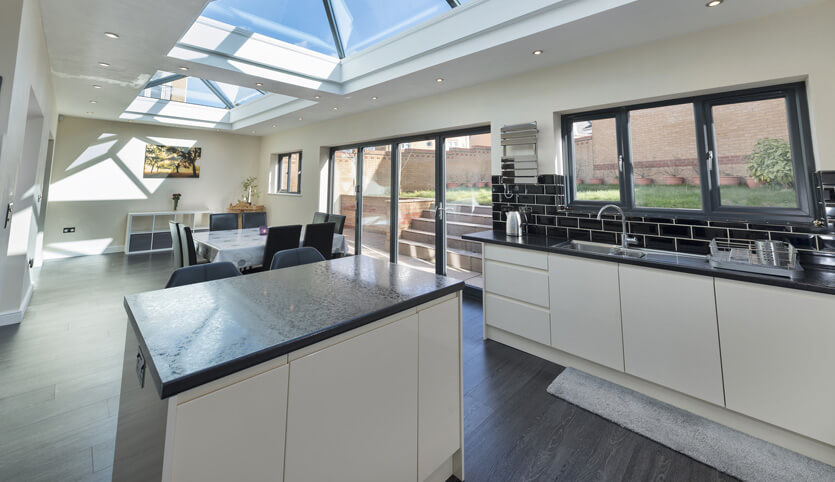
Savings are always the best place to start instead of borrowing. Homeowners without access to a savings pot can also opt for flexible home improvement finance. Read on to learn more
How big can an extension be without planning permission (including conservation areas)?

Single-storey extensions, e.g. conservatories and orangeries, are covered by permitted development rights as long as:
- Attached property extensions do not extend beyond the rear wall of the original home by more than 3 metres.
- Detached property extensions do not extend beyond the rear wall of the original home by more than 4m.
- The extensions roof & ridges must not exceed the height of the original house and the eaves must not exceed 2m in height of the boundary of 3m.
- Single-storey extensions must not exceed 4m in height.
- Single storey extension width must not exceed half of the original size of the house.
- Extensions on the side or front of a house must be closer to the property than a public highway.
- No Article 4 direction restrictions
- Single-storey extensions situated outside of designated land and Sites of Specific Interest won’t need planning permission, as long as glazed extensions on attached houses don’t exceed 6m or 8m for detached houses. *Subject to The Neighbour Consultation Scheme
Do I need my neighbour’s permission to build an extension?
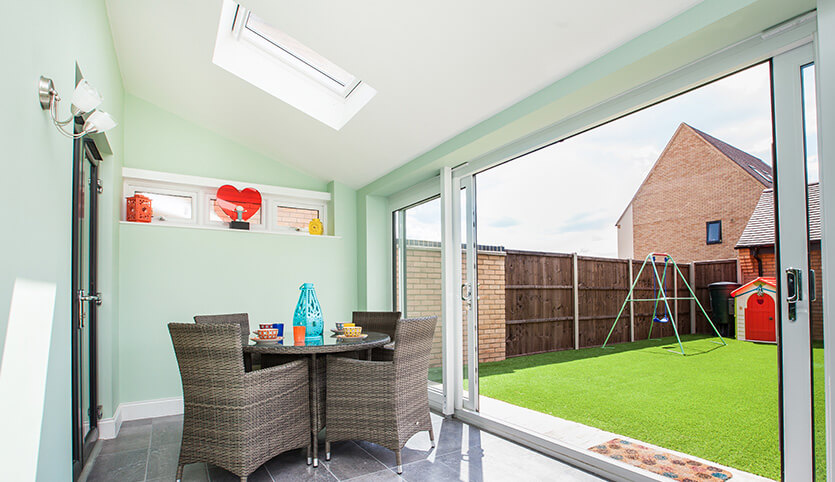
As long as planning permission isn’t required to build your extension, your neighbours will have no influence over the development of your home. The prior approval process only applies to larger single-storey rear extensions. Read on to learn more
Begin Your Project
Get your free quote – with no-obligation to buy. Simply fill in the form below to get started:
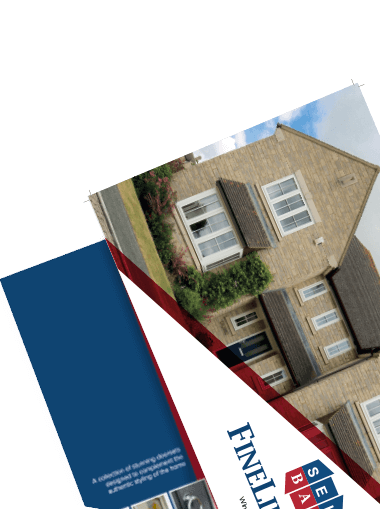
Get inspired with our product brochures
Ready to make your dream home a reality but don’t know where to start? Find all the inspiration you need.
Download a brochure
Earn rewards when you recommend a friend
Recommend a friend and we’ll give you a free amazon voucher when that person places an order with us.
Recommend a friendMulti-award winning company
Here at SEH BAC, we’re proud to have won many prestigious awards for our products as well as our work in the community:
Learn more
We’re one of the largest

regional retail companies
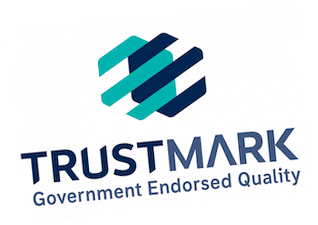

Vetted for professionalism, competency & compliancy



















